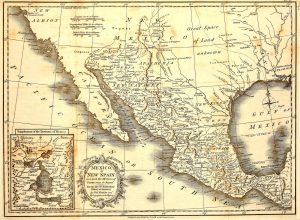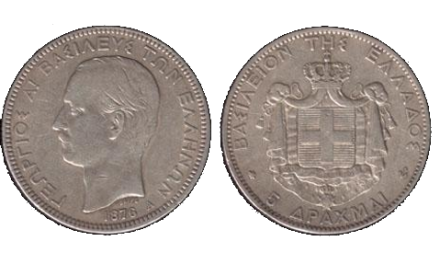“Already in the era of the Viceroy, in Mexico the traditional precept of ‘obey but not apply’ was used when the city councils and the audiences considered that a law was inadequate or unjust”
 The Mexican historian Enrique Sada argues how the model of autonomous or federal governance that Mexico has had since the arrival of the Spanish is behind not only its independence but its economic viability as a political subject. This is what he defends in the work “De la Gobernanza y su ausencia: Gestión pública y Alta dirección en la forja del Estado mexicano (1821-1840)” (On Governance and its absence: Public Management and Senior Management in the forging of the Mexican State (1821-1840)), which publishes number 15 of the Tribuna Plural, the scientific journal of the Royal European Academy of Doctors-Barcelona 1914 (RAED). A study that complements the already published “Antes de México: Auge y caída de la Administración Pública en la Nueva España” (Before Mexico: Rise and fall of Public Administration in New Spain) to give continuity to the monograph that dedicated to the International Congress of Research, Innovation and Regional Development that the Royal Academy held in Mexico together with the Community of Higher Education Institutions of La Laguna (Cieslag), the Autonomous University of Coahuila and the La Salle Laguna University.
The Mexican historian Enrique Sada argues how the model of autonomous or federal governance that Mexico has had since the arrival of the Spanish is behind not only its independence but its economic viability as a political subject. This is what he defends in the work “De la Gobernanza y su ausencia: Gestión pública y Alta dirección en la forja del Estado mexicano (1821-1840)” (On Governance and its absence: Public Management and Senior Management in the forging of the Mexican State (1821-1840)), which publishes number 15 of the Tribuna Plural, the scientific journal of the Royal European Academy of Doctors-Barcelona 1914 (RAED). A study that complements the already published “Antes de México: Auge y caída de la Administración Pública en la Nueva España” (Before Mexico: Rise and fall of Public Administration in New Spain) to give continuity to the monograph that dedicated to the International Congress of Research, Innovation and Regional Development that the Royal Academy held in Mexico together with the Community of Higher Education Institutions of La Laguna (Cieslag), the Autonomous University of Coahuila and the La Salle Laguna University.
“The legislation came from the Sovereign through the Council of the Indies, but free municipalities also had sufficient autonomy to execute it according to their own circumstances, as was the case in which the traditional precept or prerogative of ‘obey but not apply’ when the city councils and the audiences considered that a law was inadequate or unjust, and this same inertia that manifests itself both autonomously and federated is found from the viceregal regime in Mexico as well as in Spain. Then, patent in the fueros that existed in the very different kingdoms that integrated the Hispanic Monarchy , explains Sada in his study.

Enrique Sada Sandoval
This autonomous policy helped to overcome the economic crisis in the centuries of the Viceroy as well as the imperial or republican governments. “The Mexican economy was subject to vassalage as much as to the lack of autonomy in the direct management of its own resources, including the product of mining, its sole and main support before the impossibility of trading with other kingdoms or viceroyalties. The worst of all is that this same practice or inertia, assimilated by uses and customs, ended up being exercised also by the great majority of governments since the first half of the nineteenth century.
Figures like Lucas Alamán, considered the father of the Mexican economy, who established the first collection mechanisms, reestablished the tobacco monopoly and industrialized the country and that federal model that proved competitive ended up giving consistency to the Mexico we know today. “This is how the pillars of economic reconstruction began”, concludes Sada.




